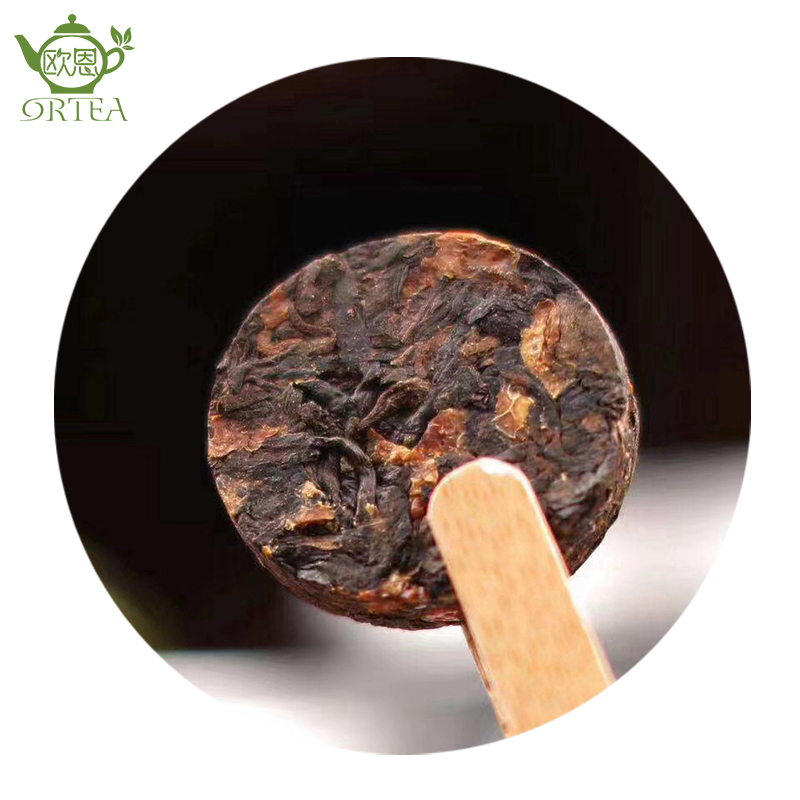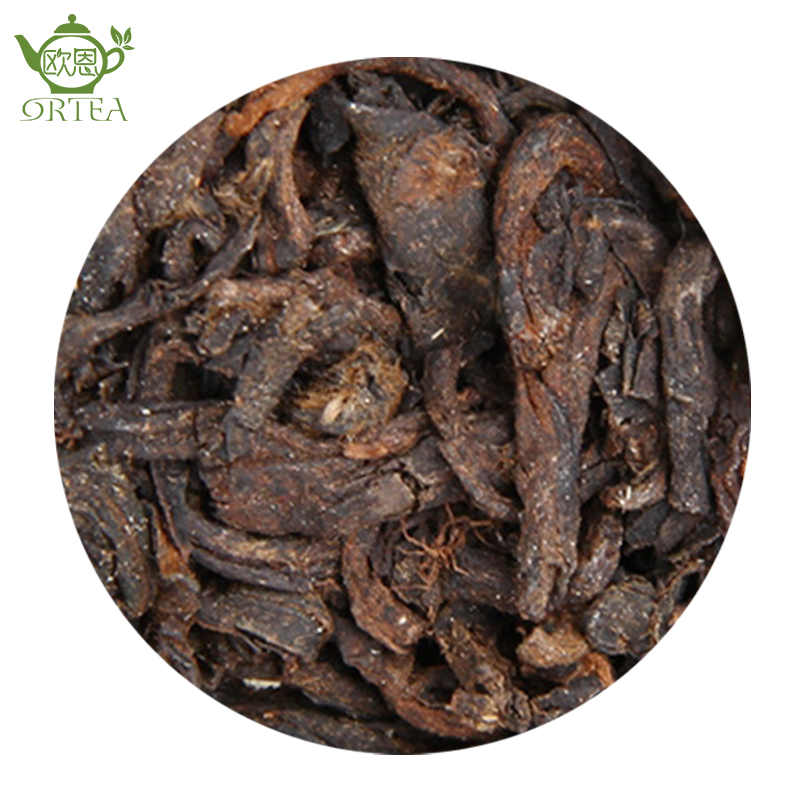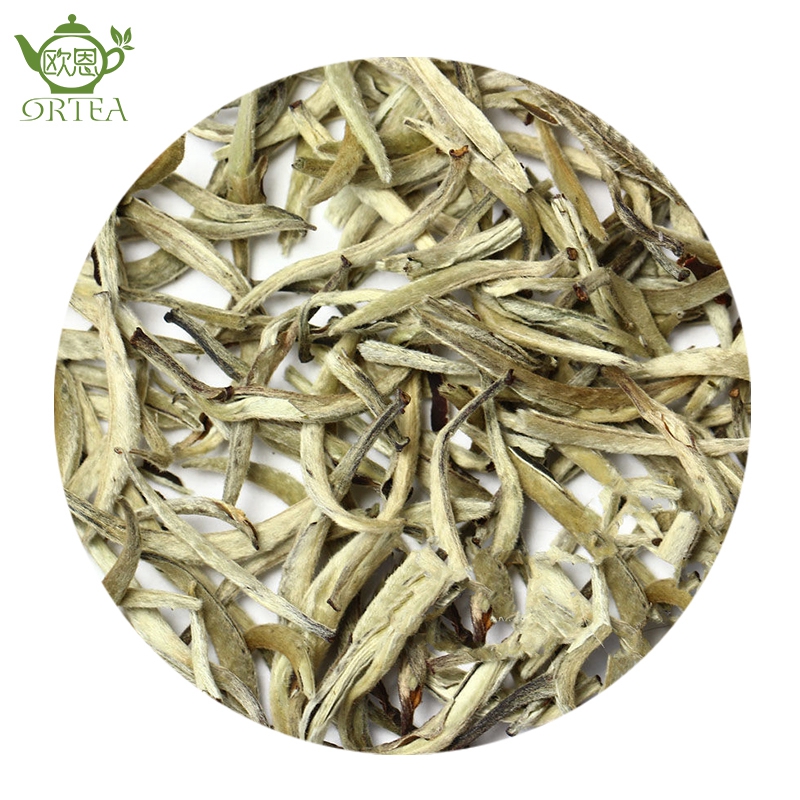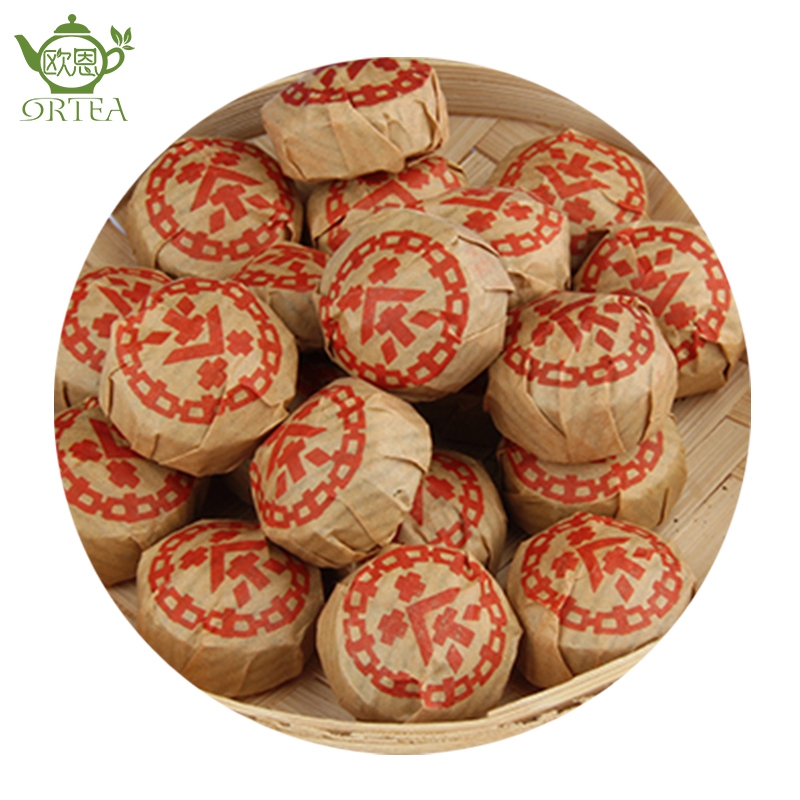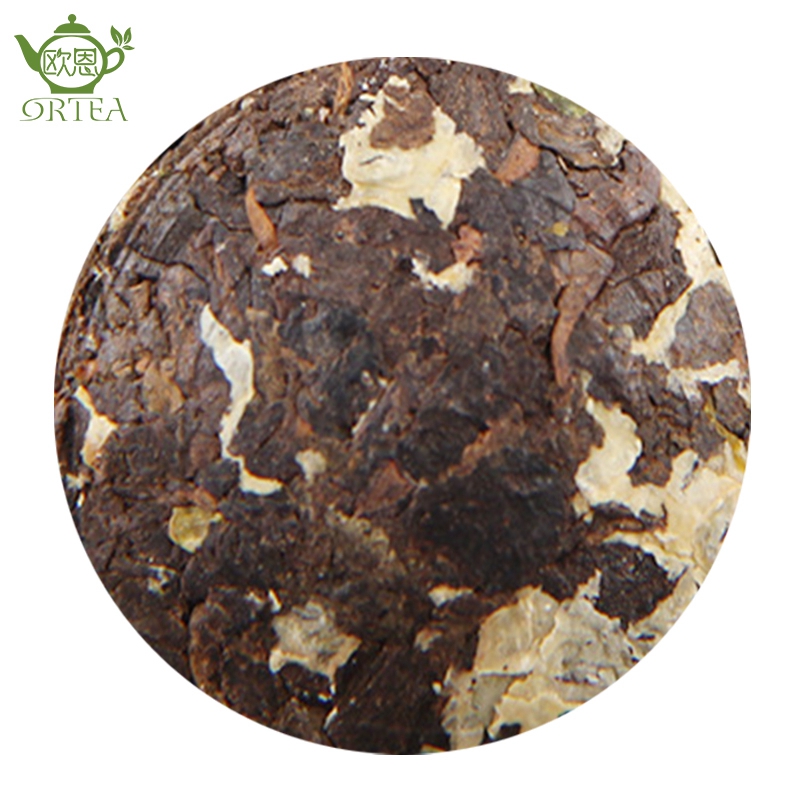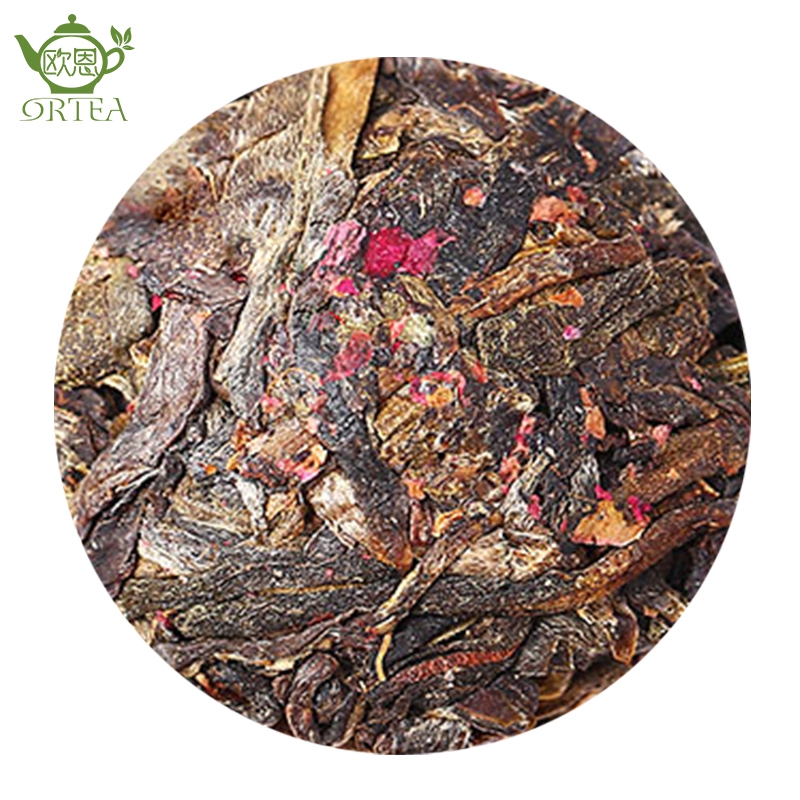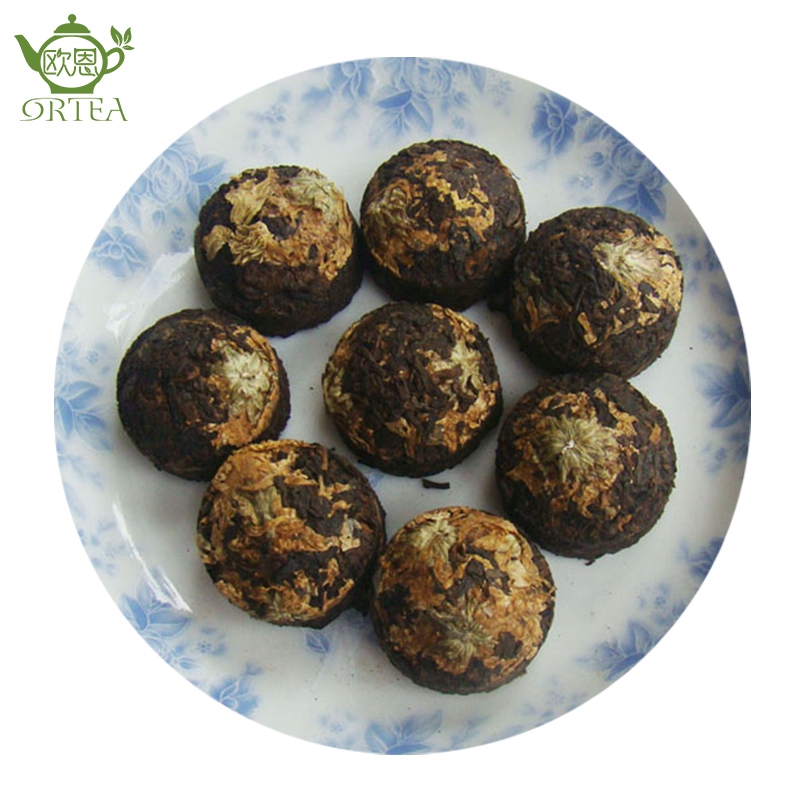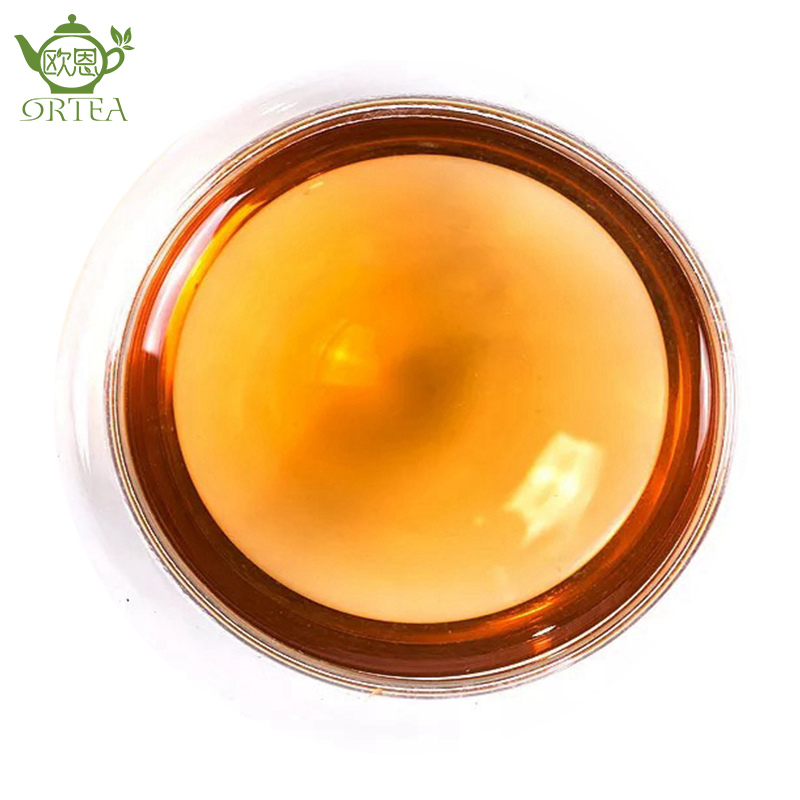Aged Pu'er tea refers to Pu'er tea that has been aged and preserved for many years, and has a unique taste and efficacy. It can help promote digestion, regulate the intestines and stomach, reduce blood lipids, resist oxidation, protect the liver, and also inhibit bacteria and reduce fatigue. The components such as tea polyphenols and catechins in aged Pu'er tea, although relatively low in content, have strong activity and can have positive effects on the human body. Meanwhile, aged Pu'er tea is also a good health tea, suitable for long-term consumption, which can improve physical condition and enhance health quality.
 The new Pu'er raw tea has a cold nature, but after aging, it becomes gentle, while the mature Pu'er tea is gentle and mellow.
The new Pu'er raw tea has a cold nature, but after aging, it becomes gentle, while the mature Pu'er tea is gentle and mellow.
- The color of Pu'er raw tea is mainly green and dark green, and after aging, some of it turns yellow green and yellow red. The soup is mainly yellow green, yellow red, and golden in color. The base of new tea leaves is mainly green and yellow green, while old tea leaves are red yellow or jujube red. Raw tea has bitter, astringent, sweet, and other flavors, with a clear aroma that can easily damage the spleen and stomach. However, after natural aging, the tea will gradually turn into a mild, brownish chestnut colored tea. Raw tea mainly has the effects of clearing the intestines, lowering fat, refreshing, lowering blood pressure, and losing weight. I have been drinking Pu'er tea from Suyue Tea House and feel very good. Now and then, I also chat with their tea artist Zhang Ci and benefit a lot.
- The color of Pu erh ripe tea is mainly reddish brown. The aroma has a distinct pile like aroma. Cooked tea has a mild nature and a mellow taste. Mature tea with sufficient fermentation, thick soup, sweet and smooth water, almost without bitterness. Those with light fermentation have a sweet aftertaste and a distinct aroma. The light fermented soup is mostly dark red, while the heavy fermented soup is mainly red black. The leaf base is mostly reddish brown or dark brown. Cooked tea can lower blood lipids, lower blood pressure, prevent arteriosclerosis, prevent constipation, diuresis, and nourish the stomach.
Although there is currently no scientific research to prove the cold, cool, flat, and warm properties of tea, there has always been such a saying, and tea drinkers will also experience this aspect. The most famous explanation about the nature and taste of tea is probably from Lu Yu's "Tea Classic", which states that "tea is for use and has a cold taste." However, at the time of the creation of the "Tea Classic", only green tea was used, so it cannot be used to judge the tea nature of other types of tea besides green tea. Pu'er tea has two types: raw and cooked. The raw tea soup has a slightly green color, and the newly made raw tea has a bitter taste, which is not suitable for people with poor stomachs or weak cold constitution. And ripe tea has undergone fermentation process, and some old or aged tea has also undergone sufficient post fermentation. The tea has a mild nature, and people with weak and cold constitution should drink these teas appropriately, which is still very beneficial for the body. The "warm and fragrant" Pu erh tea recorded in ancient books should be produced through the fermentation process, while the "bitter and cold" Pu erh tea should be the most common Pu erh raw tea on the market today. Pu'er tea has a cold and bitter taste; The poorer its quality, the greater its coldness, the greater its bitterness, and the stronger its bitterness. So generally speaking, tea is suitable for those with a strong body and a hot stomach to drink. The tea quality of Pu'er tea should be determined based on the comprehensive results of its raw materials, processing, and storage. Made using modern common Pu'er tea making techniques, the ancient tree tea has a cooler nature, while the tabletop tea has a colder nature. Newly made ripe Pu'er tea has a hotter nature. The previous "Decrypting the Cycle Law of Pu erh Tea Storage" mentioned that after each storage cycle, the tea quality of Pu erh tea undergoes a transformation, showing a trend of cold → cool → flat → warm. Different warehousing environments have different warehousing conversion cycles. Traditional Chinese medicine undergoes different processing techniques and undergoes different changes in its medicinal properties. The role of storage in the transformation of tea properties can be approximated as a slow "processing" under the synergistic effect of environmental and time conditions.


The new Pu'er raw tea has a cold nature, but after aging, it becomes gentle, while the mature Pu'er tea is gentle and mellow.
- The color of Pu'er raw tea is mainly green and dark green, and after aging, some of it turns yellow green and yellow red. The soup is mainly yellow green, yellow red, and golden in color. The base of new tea leaves is mainly green and yellow green, while old tea leaves are red yellow or jujube red. Raw tea has bitter, astringent, sweet, and other flavors, with a clear aroma that can easily damage the spleen and stomach. However, after natural aging, the tea will gradually turn into a mild, brownish chestnut colored tea. Raw tea mainly has the effects of clearing the intestines, lowering fat, refreshing, lowering blood pressure, and losing weight. I have been drinking Pu'er tea from Suyue Tea House and feel very good. Now and then, I also chat with their tea artist Zhang Ci and benefit a lot.
- The color of Pu erh ripe tea is mainly reddish brown. The aroma has a distinct pile like aroma. Cooked tea has a mild nature and a mellow taste. Mature tea with sufficient fermentation, thick soup, sweet and smooth water, almost without bitterness. Those with light fermentation have a sweet aftertaste and a distinct aroma. The light fermented soup is mostly dark red, while the heavy fermented soup is mainly red black. The leaf base is mostly reddish brown or dark brown. Cooked tea can lower blood lipids, lower blood pressure, prevent arteriosclerosis, prevent constipation, diuresis, and nourish the stomach.
Although there is currently no scientific research to prove the cold, cool, flat, and warm properties of tea, there has always been such a saying, and tea drinkers will also experience this aspect. The most famous explanation about the nature and taste of tea is probably from Lu Yu's "Tea Classic", which states that "tea is for use and has a cold taste." However, at the time of the creation of the "Tea Classic", only green tea was used, so it cannot be used to judge the tea nature of other types of tea besides green tea. Pu'er tea has two types: raw and cooked. The raw tea soup has a slightly green color, and the newly made raw tea has a bitter taste, which is not suitable for people with poor stomachs or weak cold constitution. And ripe tea has undergone fermentation process, and some old or aged tea has also undergone sufficient post fermentation. The tea has a mild nature, and people with weak and cold constitution should drink these teas appropriately, which is still very beneficial for the body. The "warm and fragrant" Pu erh tea recorded in ancient books should be produced through the fermentation process, while the "bitter and cold" Pu erh tea should be the most common Pu erh raw tea on the market today. Pu'er tea has a cold and bitter taste; The poorer its quality, the greater its coldness, the greater its bitterness, and the stronger its bitterness. So generally speaking, tea is suitable for those with a strong body and a hot stomach to drink. The tea quality of Pu'er tea should be determined based on the comprehensive results of its raw materials, processing, and storage. Made using modern common Pu'er tea making techniques, the ancient tree tea has a cooler nature, while the tabletop tea has a colder nature. Newly made ripe Pu'er tea has a hotter nature. The previous "Decrypting the Cycle Law of Pu erh Tea Storage" mentioned that after each storage cycle, the tea quality of Pu erh tea undergoes a transformation, showing a trend of cold → cool → flat → warm. Different warehousing environments have different warehousing conversion cycles. Traditional Chinese medicine undergoes different processing techniques and undergoes different changes in its medicinal properties. The role of storage in the transformation of tea properties can be approximated as a slow "processing" under the synergistic effect of environmental and time conditions.


Product recommendation




